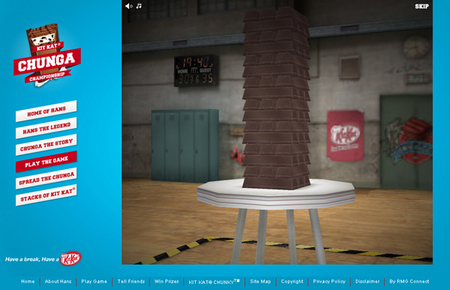Twitter has a delicious problem on its hand. It needs money, well, at least the investors want money. The problem is that they aren't making any yet. But it's so easy to taste so many ways they could. Their current challenge is to choose one (or so).
What concerns me is the impact their model could have on the consumers. For instance,
Jason Calacanis (CEO of Mahalo), posted a few ideas. Two of them, at least, had to do with ads. He opines that people wouldn't mind getting a sponsored tweet every so often. While his final advice to Twitter is spot-on ("An absolute idiot with 10-20M users can make a ton of money. So, get to tens of millions of users and forget about money."), I was left wondering about the "intermittent ad" proposal in general.
Imagine getting a sponsored message every so often in your:
- Your Twitter feed
- Your email
- Your phone calls or answering service
- Your mail
How often (e.g. every 200 messages, once a day, ...) would you be willing to get a sponsored ad if it kept the service free? In what ways would you be willing to get more ads in exchange for free premium services?








